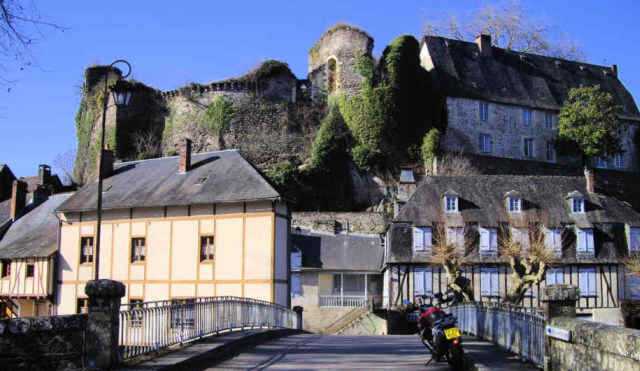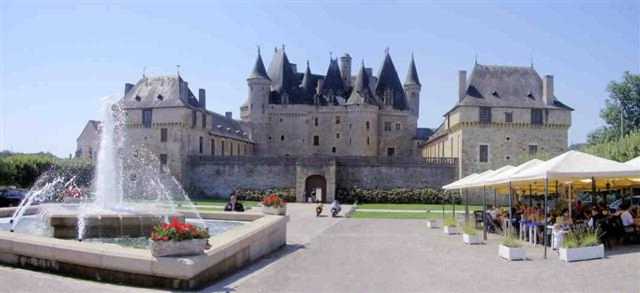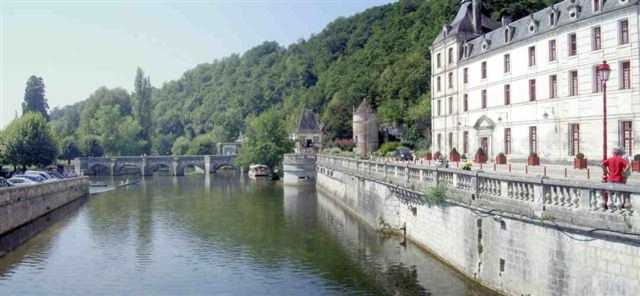The Rides
Places to ride to from RidersRest…
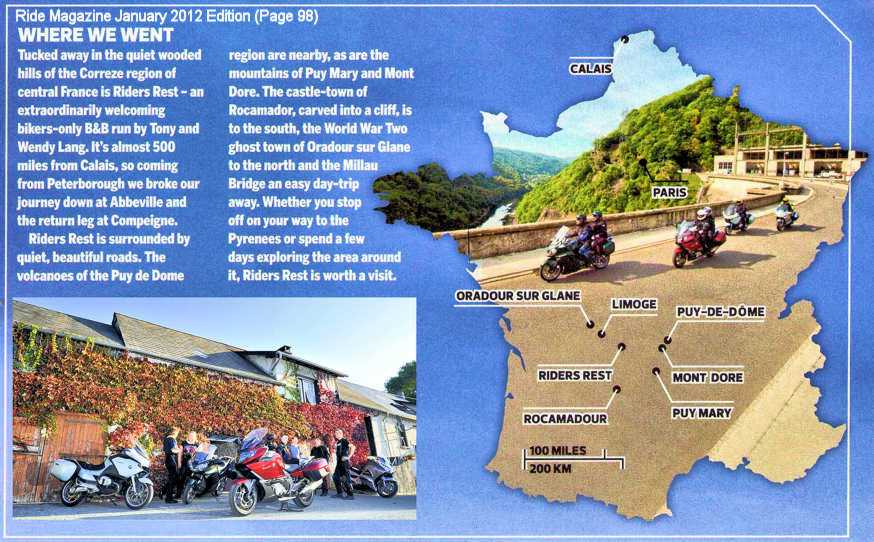
 You will find us more than willing to assist in route planning during your stay or for your onward journey and we are competent with most SatNav systems and Google Maps.
You will find us more than willing to assist in route planning during your stay or for your onward journey and we are competent with most SatNav systems and Google Maps.
If you prefer we can also organise fully guided rideouts from RidersRest for a small fee (usually enough to cover fuel /lunch). These comprise approx 200 miles of superb biking roads from the choices below and take in cafes, fuel stops and the many excellent views along the way.
Rocamadour
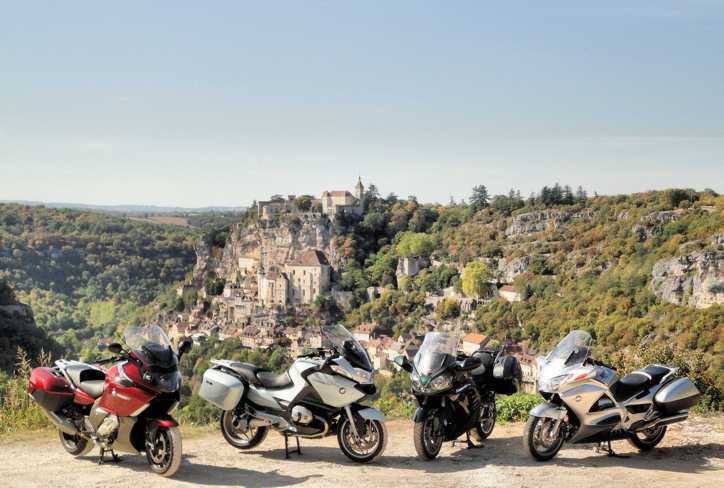
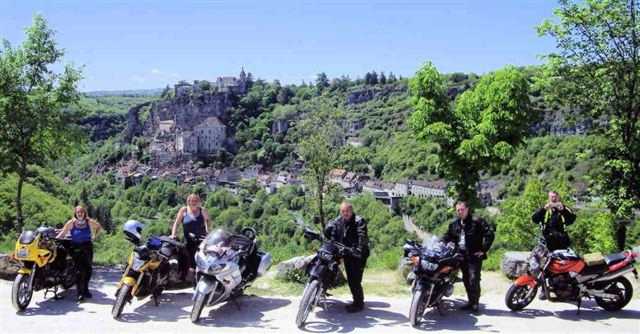
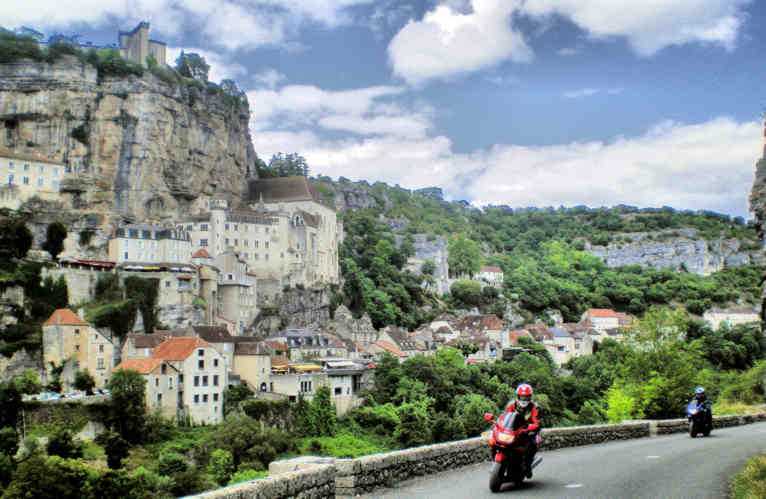
Other attractions nearby include the Rocher des Aigles birds of prey conservation centre, the Forêt des Singes monkey sanctuary and the Grottes de Lacave underground caves.
Les Eyzies - Sarlat les Caneda
Although it has one of the largest medieval urban areas (13th to 16th centuries) in the world, Sarlat cannot claim a very distant past. The initial Sarlat abbey was most probably founded between 820 and 840 AD by Duke Pepin of Aquitaine. Saint Bernard stopped off in Sarlat in 1147 during his journey through the South of France to spread the gospel to the many Cathars. The plague was predominant at the time. He gave the sick consecrated bread to eat and healed them. This event, this miracle even was commemorated by the building of the strange graveyard lantern which, still today, remains one of the towns symbols.
A warren of alleyways, virtually unchanged since the middle ages, lined with warm ochre stone houses, each with its own distinctive facade and ornately sculptured window embrasures, set off by the stone roofs and turrets, make Sarlat a must for any tourist visiting the Dordogne. Sarlat’s Saturday market is excellent, teaming with life, an unforgetable experience from the street artists that throng there, to the wonderful fresh local produce.
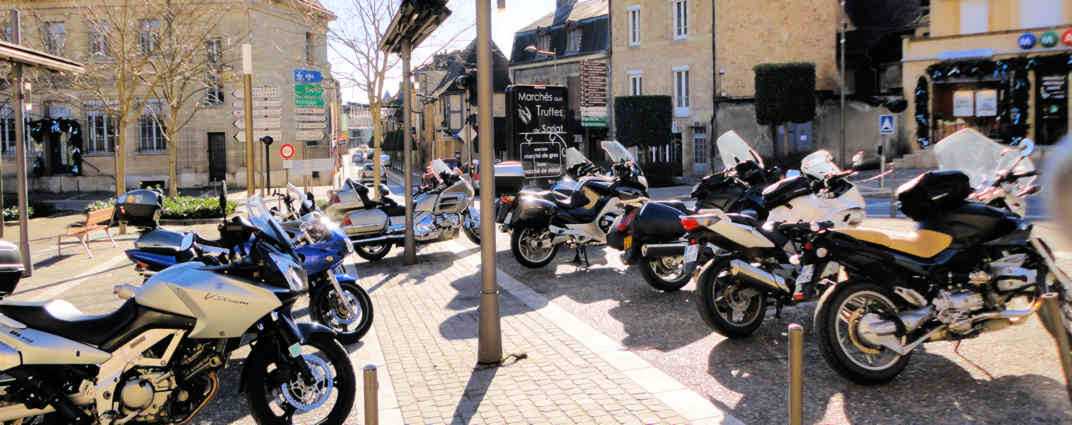
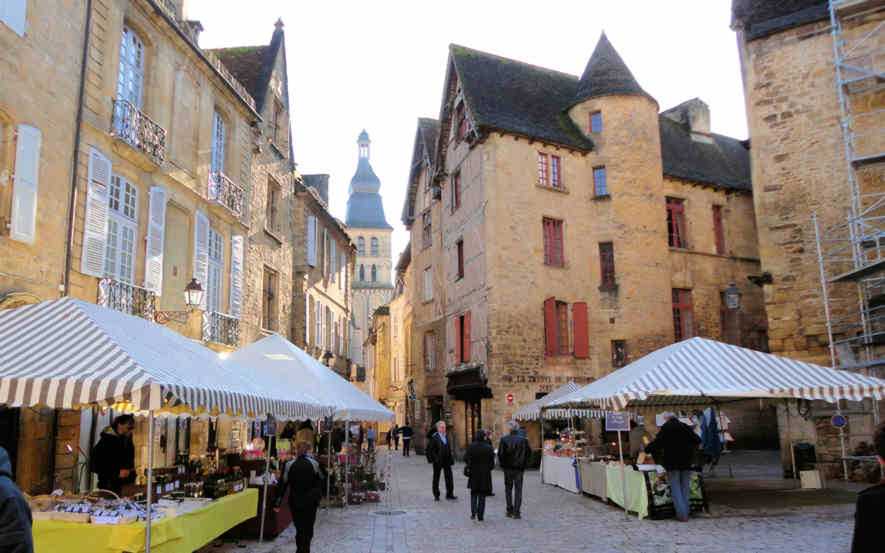
Font de Gaume
Located in Les Eyzies, on the Sarlat road, Font de Gaume Cave is a showpiece of Magdalenian engravings and paintings from around 14 000 BC. The flints (chisels, scrapers, blades) and other things found in the cave during the excavations testify to a continual occupation since the Mousterian age, or the age of the Neanderthals.
Discovered in 1901 by D. Peyrony, the Cave, 130 m long, contains about 250 paintings. The visitor can only see 30 of them, the most beautiful ones and the best preserved. After 60 m underground, the “Rubicon” is the beginning of the decorated part of the cave, with red dots on the left wall. These caves were not used as dwellings, they were shrines, according to A. Leroi-Gourhan The Grotte de Font-de-Gaume is famous for its cave paintings from the Magdalénien period. It is entrance is 20 m above the valley floor of the Beune valley, at the lower edege of a huge limestone rock.
The cave was first settled by Stone Age people during the last Ice Age – about 25,000 BC – when the Dordogne was the domain of roaming bison, reindeer and mammoths. The cave mouth is no more than a fissure concealed by rocks and trees above a small lush valley, while inside, it’s a narrow twisting passage of irregular height in which you quickly lose your bearings in the dark. The first painting you see is a frieze of bison, at about eye level: reddish-brown in colour, massive, full of movement, and very far from the primitive representations you might expect. Further on a horse stands with one hoof slightly raised, resting. But the most miraculous of all is a frieze of five bison discovered in 1966 during cleaning operations.
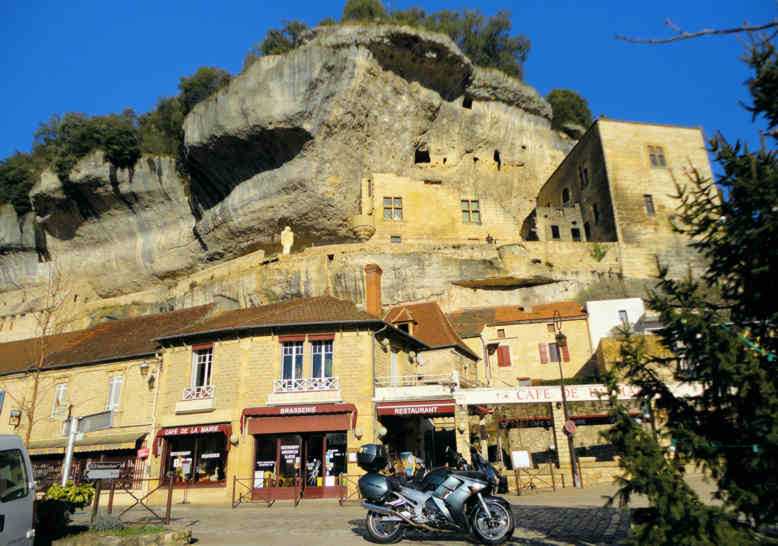
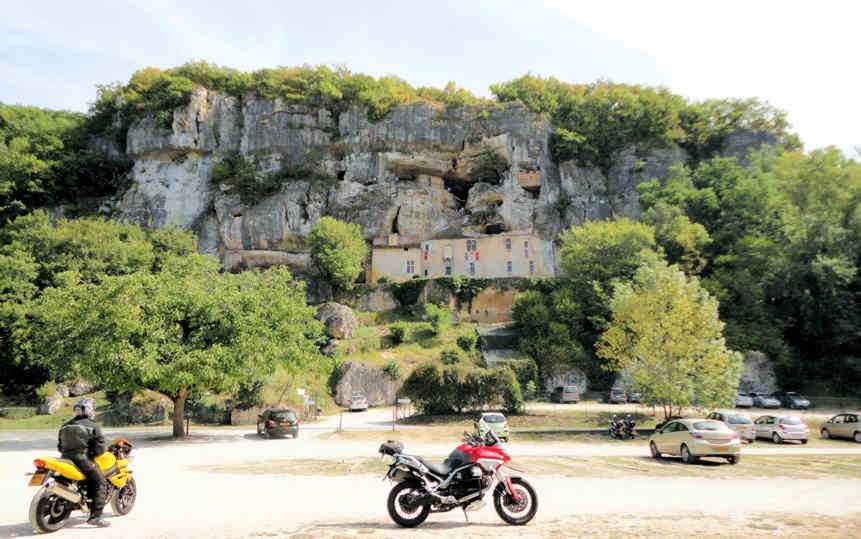
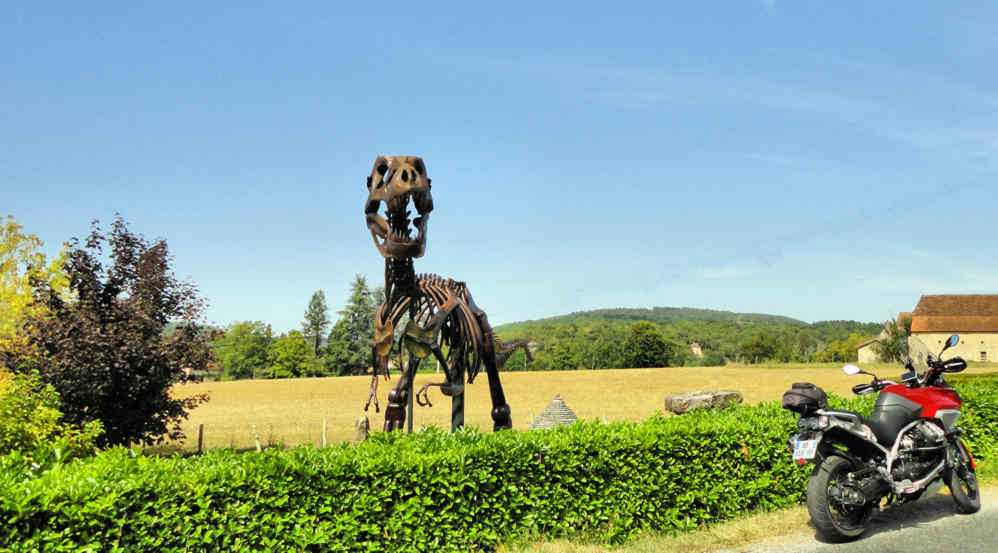
Gouffre-de-padirac
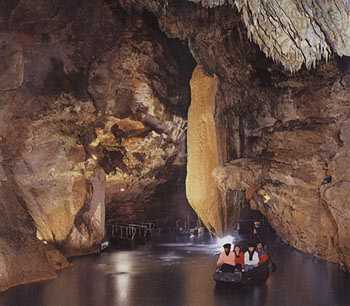
Our recommendations: Very popular so you are advised to get there first thing if at all possible to avoid the queues. Don’t forget your jumper! You could combine it with a visit to Rocamadour.
Le Mont Dore
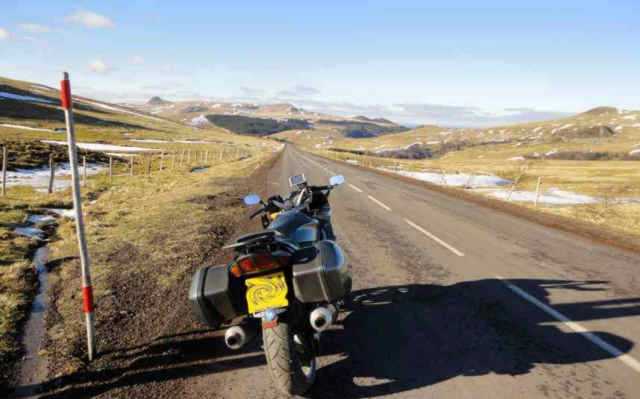
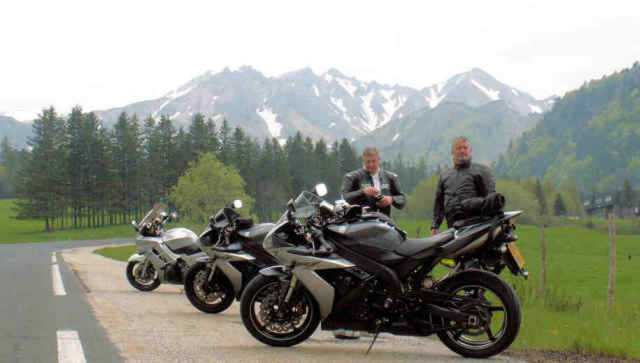
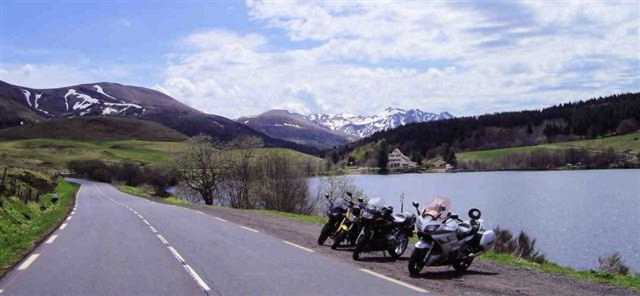

The Dordogne Valley
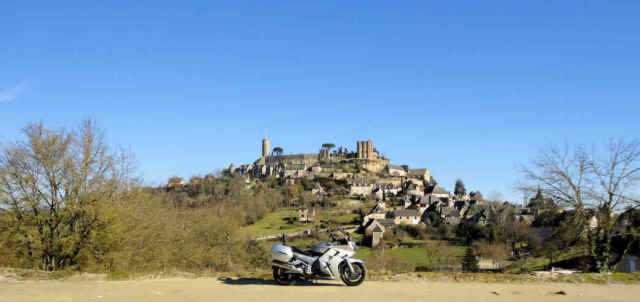
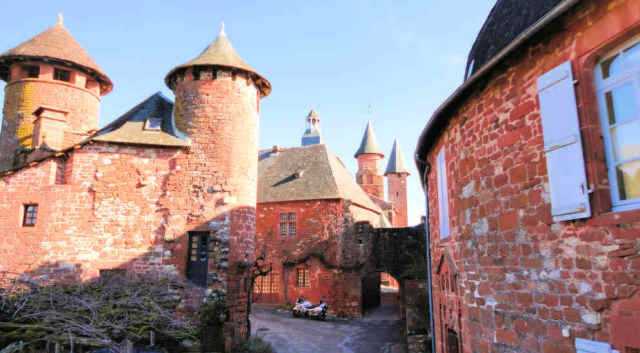
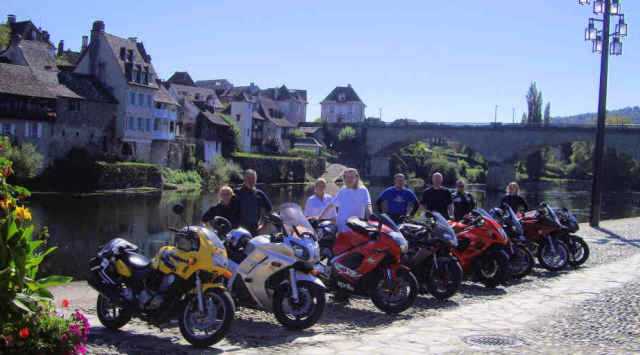
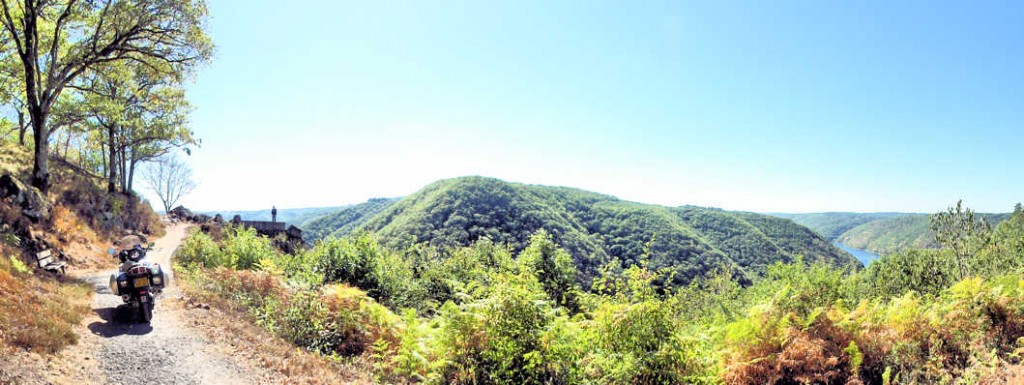

Chataeux de Val
At that time, the castle was owned by the French electricity board, and had suffered from many years of abandon. At the time the dam was completed the local commune of Bort-les-Orgues acquired the castle. It has now been renovated and gained a new lease of life as a popular tourist attraction in the region.
Reached by a walkway, the castle is immediately recognisable by its five towers, each with a different design. There is also a 15th century chapel on the island, the Chapel of Saint Blaise.
Inside the castle, the large rooms of the lower floor are furnished in the rich style of the 19th century, while upstairs is reserved for art exhibitions – Chateau-de-Val is well known for the exhibitions of contemporary art that are held there each summer.
It is also possible to ascend to the roof, for a lovely view out across the lake….
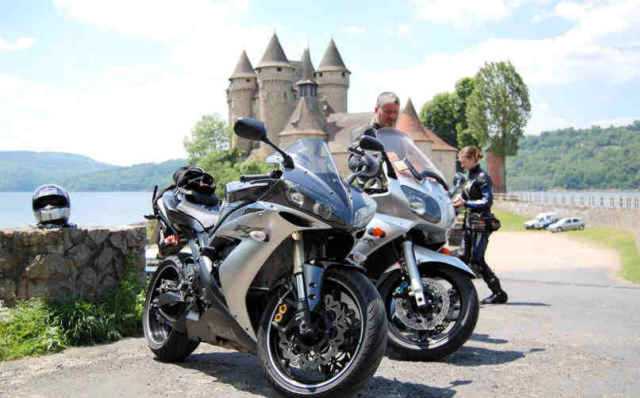

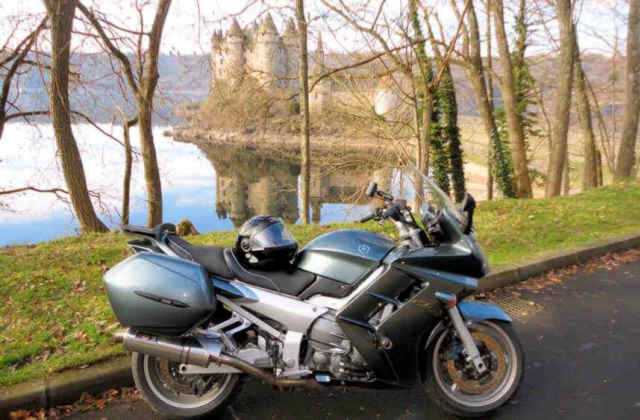
Puy Mary

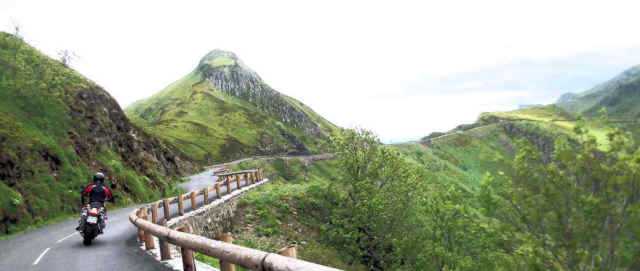
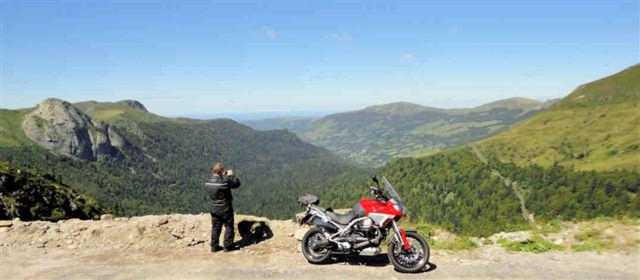
Puy de Dome
The oldest geological mountain range in France and part of France’s largest national park, the Parc Naturel Regional des Volcans d’Auvergne. Visiting Clermont without going to the top of the Puy de Dôme (1464m) would be like visiting Athens without seeing the Acropolis.
Puy-de-Dôme is a large lava dome and one of the youngest volcanoes in the Chaîne des Puys region of Massif Central in south-central France. Curiously, this chain of volcanoes including numerous cinder cones, lava domes and maars is located far from the edge of any tectonic plate.

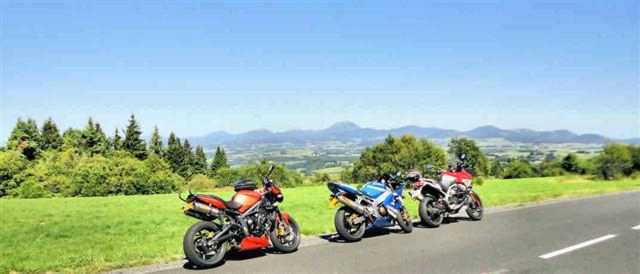
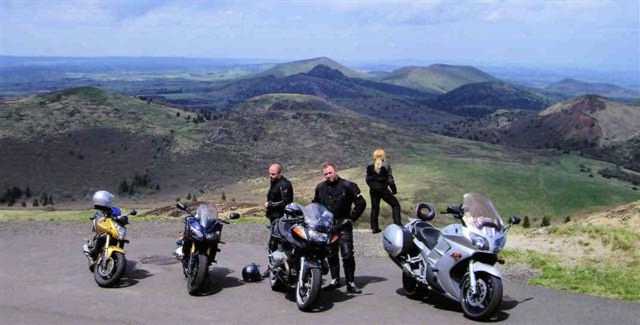
Oradour-sur-Glane


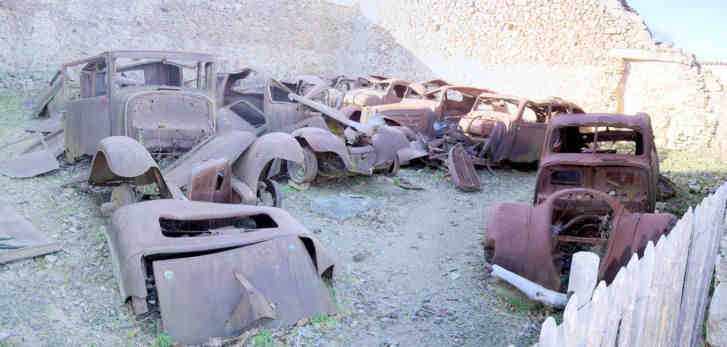

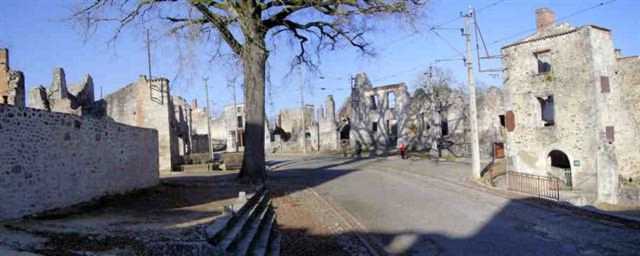
Lac Vassiviere
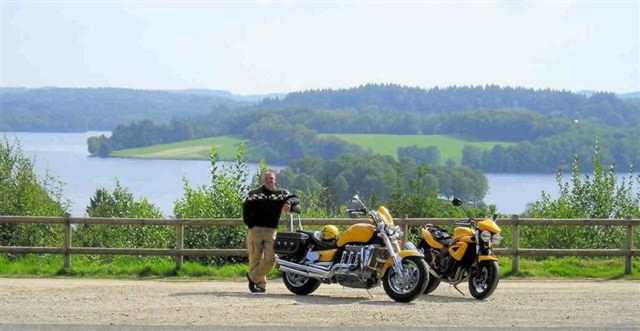
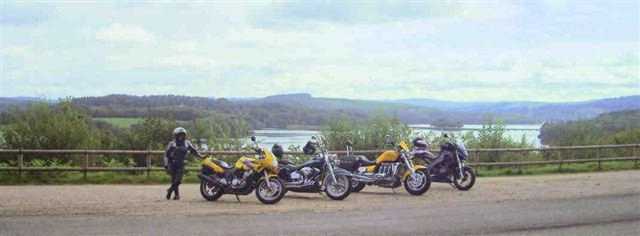
Millau Bridge - 380 mile round trip
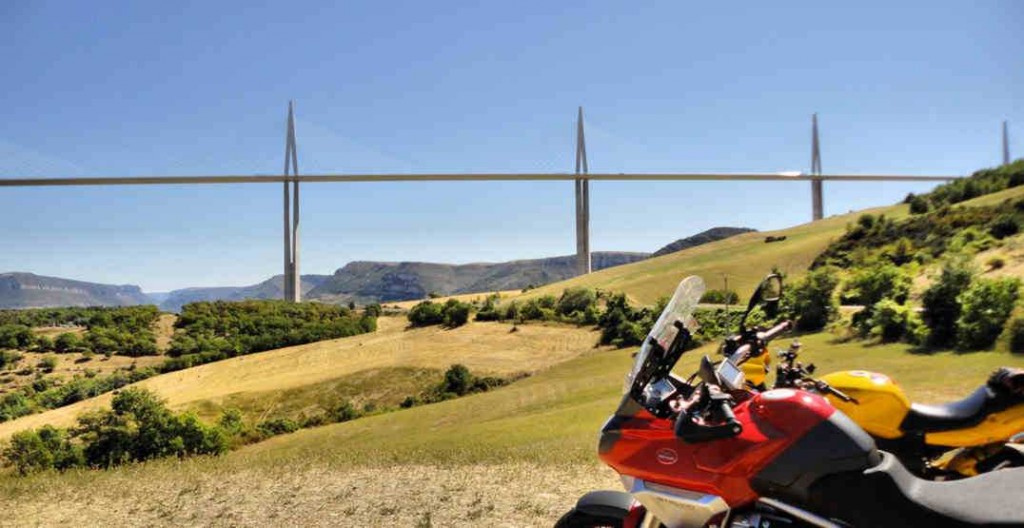

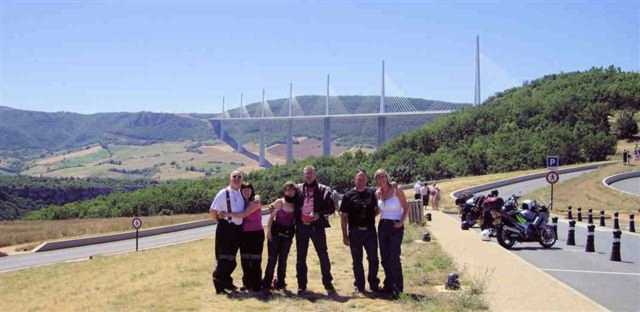
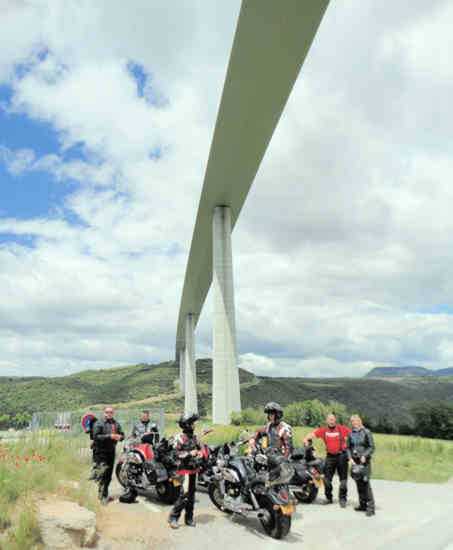
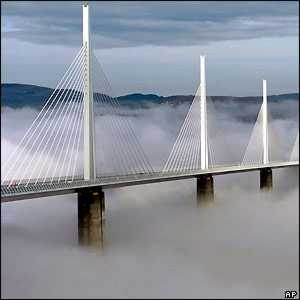
Nine Chataeux in one day
- Chateau de Puymartin
- Château de Puyguilhem
- Château de Jumilhac
- Château de Hautefort
- Château de Bourdeilles
- Château Châlus Maulmont
- Arnac Pompadour National Stud and Chateau
- Segur le Chateau
- Château de Coussac-Bonneval.
The Dordogne region has many of the finest castles in France, often in spectacular locations, and frequently surrounded by carefully manicured gardens with far-reaching views over the surroundingcountryside. Many of the castles date from the turbulent times in the 12th-14th centuries and the wars between England and France (see Hundred Years War). Also where Richard the LionHeart spent most of his days.
